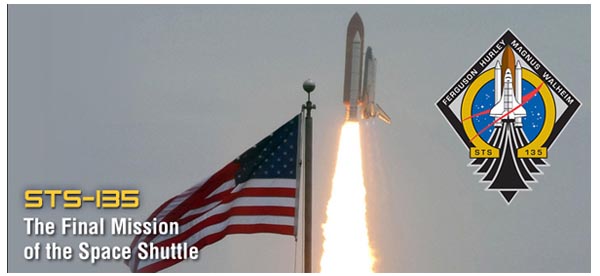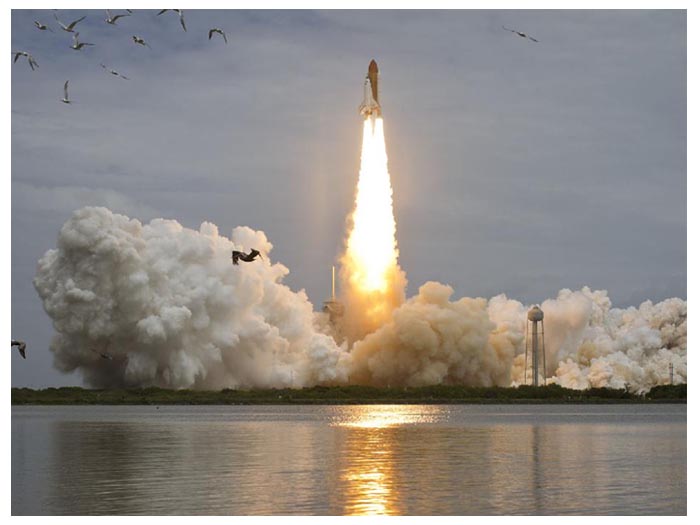پیوندها
- Login
- NASA
- از پری تا سا
- پسر چوبی
- ناهید زکیان
- در جستجوی آیدا (قاصدک)
- دختر حوا ؛دختر عاشقانه ها
- رقصنده
- نسیم...
- قنطورس
- ترانه های کوچک من (شاید یک دوست )
- اسکیس های روزانه ی من(ستاره)
- شبیـه یـک دختـر خــوب!
- ماهی جون
- آیوت
- استخدام نویسنده ای برای اتاق 228...!
- نسیم _ عشق _ جنون
- دو عشق جدا افتاده
- بی مسئله خاطرات البالو خانمی (نگین)
- باد .. باران .. طوفان (مریم)
- Movies, Chocolate and Hot Tea(کامشین)
- MIT news
- engadget
- سقوط
- دست نویس های تنهایی (رها)
- خورشید شب
- فرمول ساز
- آسمان این روز های من (بابک)
- خیابونـــ و آسفالتـــ (ولگرد)
- از خویش گفتن ها..... (خاطره)
- ناگفته ها ( آرمین)
- گنگ (BeLLOna)
- World Photography Organisation
- AGM Publishing
- محو و مات
- خاطرات یک درخت...
- اینجا جهان ارام است
- آهنگ پنهان
- بعد از سی
- مـن دخـتــره خــوبــی ام ! (الی)
- امروز لی لی چی می خونه؟
- سمفونی استفراغ (آنا)
- شمع سوخته
- خانم مورچه
- شقایق
- infinitylist
- باران
- آقای هیچکس
جدیدترین یادداشتها
همه- دلم گرفت
- زندگی
- میگم بریم ؟
- adiós
- زندگی اون روز که نشستی تو ماشین
- سر در گم تر از همیشه
- قرار یه جوری برم جلو که
- چه شب بدی بود
- فردا
- یه جایی توی اینمسیر من
- اخه از دستت چی کار کنم
- - سلام پری
- انتظار
- دیشب یه هو دلم گرفت
- کافه چی
- همه چی خراب و داغونه
- دیشب
- پری
- چی شد !
- چشم هایت
- بازی
- می تونست
- چرخه تکرار روزگار
- اشوب است سراسر
- دل خوش به امدنت
- باد
- در انتظار
- باران اشک
- پری سا
- خسته شدم
- خیلی سخت شده
- در نومیدی بسی امید است
- پایانی برای این همه دوری نخواهد
- آنجا که خورشید
- یه دفعه
- روز ها
- وقت خداحافظی
- پیام های ارسال نشده ۱
- باران
- یک روز
بایگانی
- مرداد 1401 1
- شهریور 1400 1
- تیر 1400 1
- فروردین 1400 2
- اسفند 1399 1
- دی 1399 1
- آذر 1399 3
- آبان 1399 1
- مهر 1399 2
- شهریور 1399 3
- مرداد 1399 5
- تیر 1399 1
- خرداد 1399 6
- اردیبهشت 1399 5
- فروردین 1399 1
- اسفند 1398 5
- بهمن 1398 3
- دی 1398 2
- آذر 1398 1
- آبان 1398 1
- مهر 1398 9
- شهریور 1398 4
- مرداد 1398 8
- تیر 1398 3
- خرداد 1398 2
- اردیبهشت 1398 4
- فروردین 1398 2
- اسفند 1397 2
- بهمن 1397 4
- دی 1397 1
- آذر 1397 7
- آبان 1397 2
- شهریور 1397 2
- مرداد 1397 1
- تیر 1397 3
- خرداد 1397 6
- اردیبهشت 1397 3
- فروردین 1397 2
- اسفند 1396 4
- بهمن 1396 2
- دی 1396 2
- آذر 1396 4
- آبان 1396 1
- شهریور 1396 3
- مرداد 1396 2
- تیر 1396 2
- خرداد 1396 1
- اردیبهشت 1396 3
- فروردین 1396 2
- بهمن 1395 1
- دی 1395 3
- آذر 1395 1
- آبان 1395 3
- مهر 1395 1
- شهریور 1395 2
- مرداد 1395 5
- تیر 1395 1
- اردیبهشت 1395 2
- فروردین 1395 3
- بهمن 1394 1
- آذر 1394 1
- آبان 1394 1
- مهر 1394 2
- شهریور 1394 2
- مرداد 1394 1
- خرداد 1394 1
- اردیبهشت 1394 2
- فروردین 1394 1
- اسفند 1393 2
- بهمن 1393 3
- دی 1393 1
- آبان 1393 1
- مهر 1393 1
- شهریور 1393 1
- مرداد 1393 3
- تیر 1393 3
- خرداد 1393 2
- اردیبهشت 1393 2
- فروردین 1393 1
- اسفند 1392 4
- بهمن 1392 2
- دی 1392 2
- آذر 1392 2
- آبان 1392 3
- مهر 1392 8
- شهریور 1392 7
- مرداد 1392 3
- تیر 1392 7
- خرداد 1392 41
- مهر 1391 6
- شهریور 1391 9
- مرداد 1391 13
- تیر 1391 12
- خرداد 1391 7
- اردیبهشت 1391 16
- فروردین 1391 6
- اسفند 1390 2
- بهمن 1390 6
- دی 1390 19
- آذر 1390 13
- آبان 1390 8
- مهر 1390 12
- شهریور 1390 17
- مرداد 1390 13
- تیر 1390 14
- خرداد 1390 15
- اردیبهشت 1390 23
- فروردین 1390 23
- اسفند 1389 24
آمار : 477255 بازدید
Powered by Blogsky
STS-135: The final mission of the space shuttle
Since 1981, NASA space shuttles have been rocketing from the Florida coast into Earth orbit. The five orbiters — Columbia, Challenger, Discovery, Atlantis and Endeavour — have flown more than 130 times, carrying over 350 people into space and travelling more than half a billion miles, more than enough to reach Jupiter. Designed to return to Earth and land like a giant glider, the shuttle was the world's first reusable space vehicle. More than all of that, though, the shuttle program expanded the limits of human achievement and broadened our understanding of our world.
It all started with STS-1, launched on April 12, 1981, just twenty years to the day after Soviet cosmonaut Yuri Gagarin became the first human in space. When astronauts John Young and Robert Crippen launched that morning in Columbia, it was the first time in history a new spacecraft was launched on its maiden voyage with a crew aboard.
For an entire generation, the space shuttle was NASA. We've watched a parade of firsts -- Sally Ride, Guy Bluford, Kathy Sullivan, John Glenn and others. We've seen astronauts float free, and launch and repair spacecraft like Hubble which have fundamentally changed our understanding of the universe.
and now:
http://www.nasa.gov
STS-135
It all started with STS-1, launched on April 12, 1981, just twenty years to the day after Soviet cosmonaut Yuri Gagarin became the first human in space. When astronauts John Young and Robert Crippen launched that morning in Columbia, it was the first time in history a new spacecraft was launched on its maiden voyage with a crew aboard.
For an entire generation, the space shuttle was NASA. We've watched a parade of firsts -- Sally Ride, Guy Bluford, Kathy Sullivan, John Glenn and others. We've seen astronauts float free, and launch and repair spacecraft like Hubble which have fundamentally changed our understanding of the universe.
and now:
STS-135: The final mission of the space shuttle.

Atlantis' Final Flight
Space shuttle Atlantis is seen as it lifts off from NASA Kennedy Space Center's Launch Pad 39A at 11:29 a.m. EDT. 
The launch of Atlantis on the STS-135 mission, is the final flight of the Shuttle Program.
Photo credit: NASA/Bill Ingalls
July 8, 2011
STS-135
کافه چی
شنبه 18 تیر 1390 ساعت 13:26
